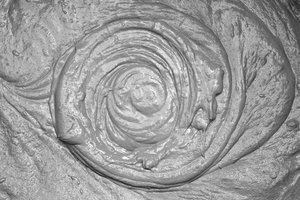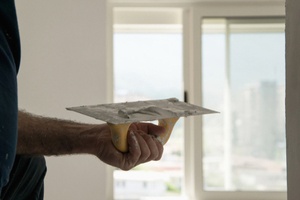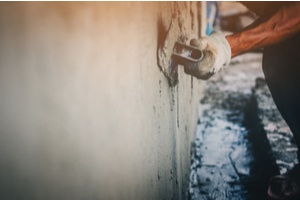Concrete is one of the most durable building materials. Still, even the best-laid concrete will eventually start to break down, forming cracks or crumbling away. If you have noticed areas around your business property or home that are now showing signs of wear and tear over time, it may be time to do some concrete patching. Concrete can be simple to patch if the damage is superficial and you use the right approach. However, many concrete repairs are more complex than what meets the eyes. Complex, or otherwise intricate damage repair, could impact your building or property’s structural integrity if there is no professional oversight. Here is what you need to know about quick and effective concrete repairs – as well as what you should understand before committing to doing any concrete repairs on your own or without an expert’s advice.
Understanding What Goes Into Concrete

What makes concrete so strong? The reason that this material sticks together the way it does is because it is a mixture of cement, sand, aggregate (like stone or gravel) and water. The mixture’s combination of small, textured pieces gives the cement something to grip on. This increases its strength, but you should examine the type of aggregate to make sure that it suits your project goals.
Because of its mixed composition, concrete comes in a variety of types. Some use more sand, while others use different aggregates. Be sure that you look into what your concrete is made of so that you can be sure it will work for your patching project. Some concrete is able to set quickly, but as a result, it’s not as durable. Other varieties of concrete are made to have a high resistance to cracking, but require time and patience to cure. If you are not sure what type of concrete was used on your property, a concrete professional can help. They’ll examine your property to determine the appropriate concrete mixture that you need. This ensures that the new concrete matches your property’s older concrete.
Preparing For The Task

Once you know what type of concrete to use, gather your materials. In addition to the concrete itself, prepare a cold chisel, a hammer (small or large, depending on the scope of your project) and a trowel to spread the concrete. If possible, use a hose that is long enough to reach the area you are working on. Don’t forget to prepare personal protective equipment, like gloves and goggles, before you start to work with the concrete.
You will need to clean the area before you get started. Remove any loose debris-a hand vacuum is useful for this step-and use a hammer and chisel to chip away thin, weak areas. Once the debris is removed and you have a firm base upon which to apply your concrete, hose it down to make it damp. This aids the proper curing of the concrete. It’s best not to keep the concrete it sopping wet; damp or moist is ideal. If you add too much water, you can use a mop or towels to soak up any standing water.
Applying The Concrete Patch
Now that you’ve cleaned your repair surface, it’s time to mix your concrete. Different concrete types will require different mixture ratios, and some are quicker to harden or cure than others. In general, do not mix more concrete than you know you can use within thirty minutes. Otherwise, it may start to cure before you can use it.
Use a trowel and force your concrete mixture into any cracks that you are repairing. Very deep cracks will need to be done in layers. It is okay if you overfill a crack; you can (and should) use the trowel to blend the excess material with the surrounding area. The directions that come with your concrete mixture will explain whether to leave the applied material alone or keep it wet while it cures. If you must keep it wet, remember that the same principle applies now as it did before you started the application: moist, not drenched. A light spray should do, but avoid creating puddles.
Should You Tackle Concrete Repair On Your Own?

If your concrete repairs are limited to only superficial cracks and chips, it can be tempting to want to fix them on your own rather than call an expert. However, concrete repairs must be done well if they’re to last. If you are facing a more substantial job, such as rebuilding corners or redoing a walkway, you will need to reconstruct these structures using wooden scaffolds. Creating these scaffolds ahead of time requires a separate skill set in and of itself. An experienced professional can do everything from recreating your concrete’s original design to mixing the material for improved durability. Unless you already have experience with major concrete repairs, it’s recommended that you contact the professionals.
Trust The Pros To Help You Achieve Your Ideal Repair Outcomes
Whether you need help repairing concrete on your own or you’ve decided to leave the job to the experts, the pros at Waterproof Caulking & Restoration are happy to help. We specialize not only in concrete repair but also in other jobs your home may need, like caulking. Reach out to schedule an appointment and discuss your project.
